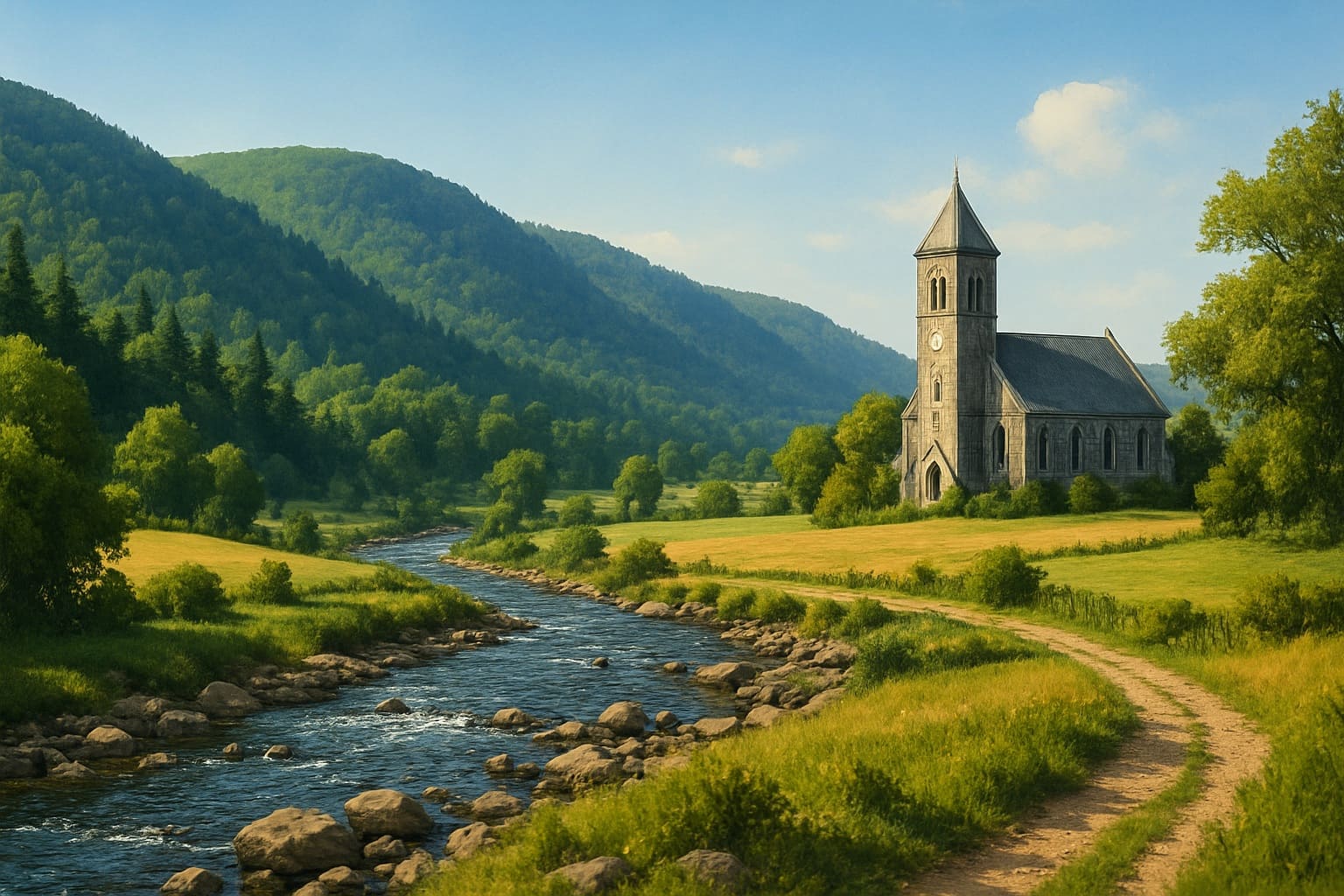Cambria County
An act of the Assembly established Cambria County on March 26, 1804. Its territory was formed from portions of Huntingdon and Somerset Counties. The county seat was fixed at Ebensburg in 1805, and the first general election was held in 1807, marking the beginning of its whole organization.
Geography and Boundaries
The county lies between the Allegheny Mountain and Laurel Hill, covering about 670 square miles. Clearfield borders it on the north, Blair and Bedford on the east, Somerset on the south, and Westmoreland and Indiana on the west. Its elevated position and abundant streams, including the Conemaugh and Clearfield Creek, shaped both its geography and development.
Early Settlement
Settlement began in the late 18th century. The earliest pioneers included families of American Catholics from Maryland, Pennsylvania Germans from Somerset and nearby regions, and Welsh emigrants who founded Ebensburg. Each group contributed to the culture, religion, and traditions of the county. Later, additional settlements grew in various parts of the county, many centered on farming, timber, and mining.
Economic Development
Cambria County’s resources included coal, iron, and timber. By the 19th century, mining and manufacturing—especially around Johnstown—became central to its economy. Agriculture remained important, with land used for both crops and livestock. Lumbering and tanneries added to the county’s early industries.
Communities and Growth
Ebensburg became the county seat, while Johnstown grew as a significant industrial town. Other boroughs and villages developed, including Carrolltown, Conemaugh, Millville, Cambria, East Conemaugh, and Loretto. Each community had distinct cultural, religious, and economic characteristics.
Historical Highlights
Cambria County contributed companies of volunteers to the War of 1812 and the Mexican War. Transportation improved through early roads, turnpikes, and later the Pennsylvania Railroad, which passed through the Gallitzin Tunnel. Natural landmarks, including river gaps and mountain ridges, became defining features of the county’s landscape.
